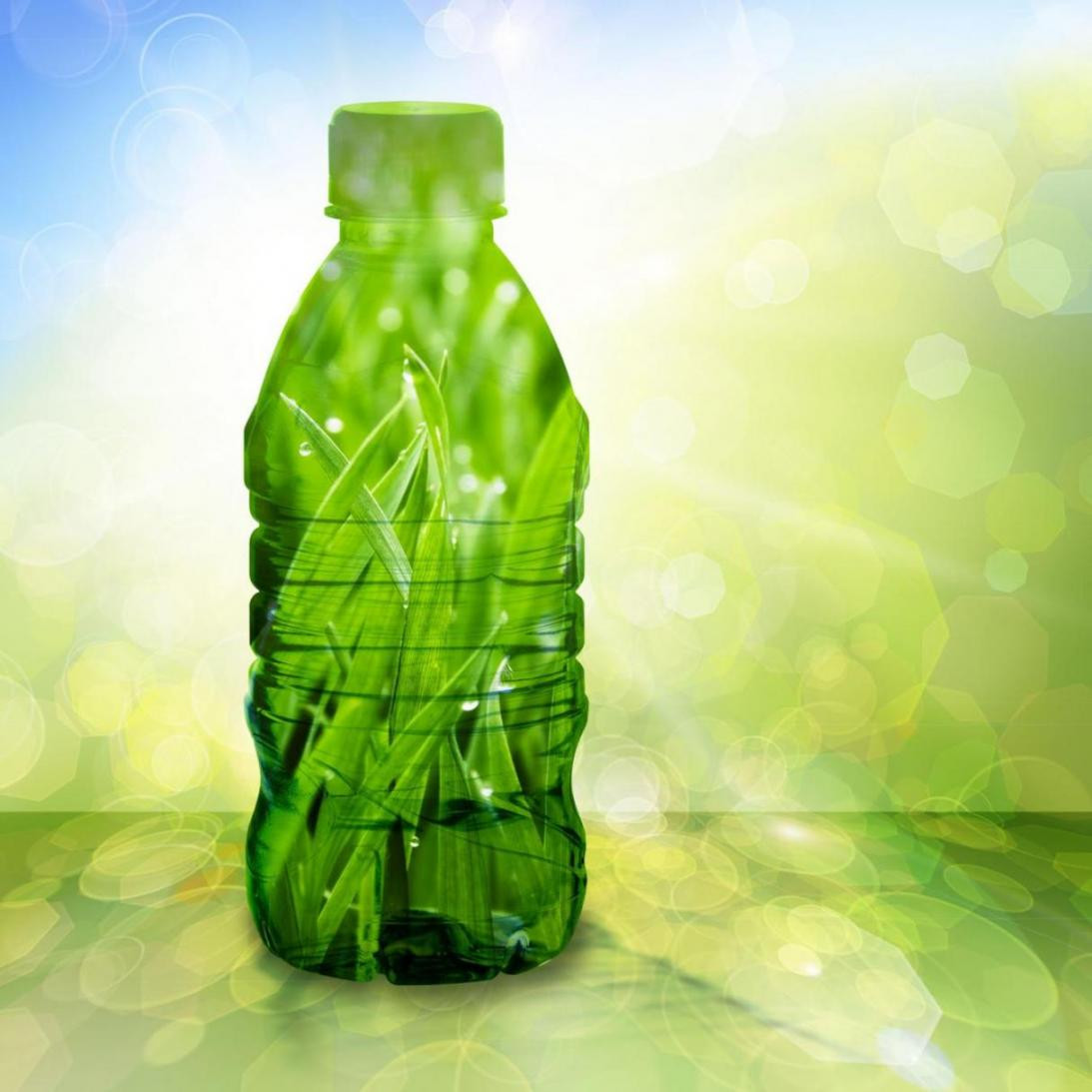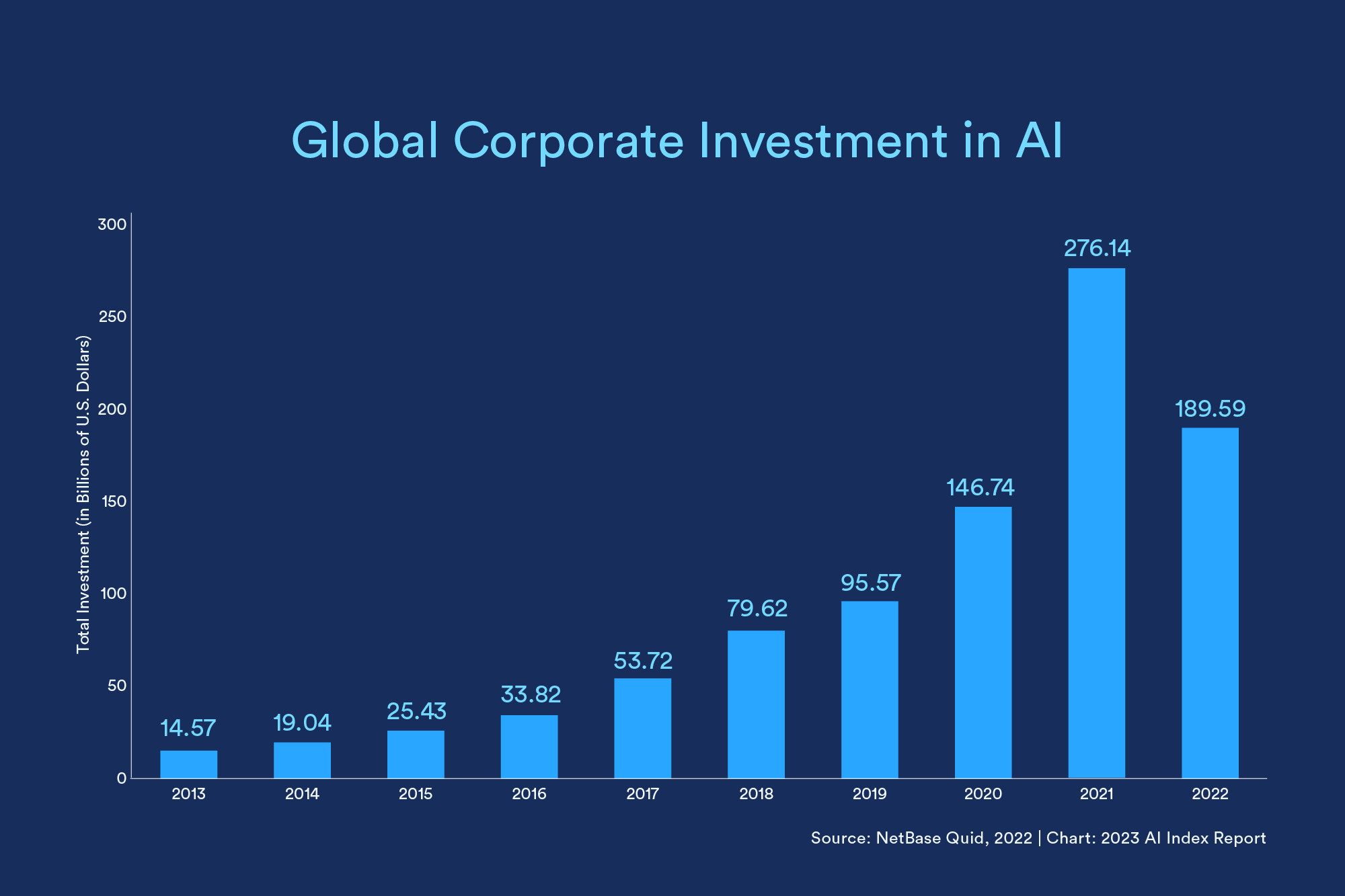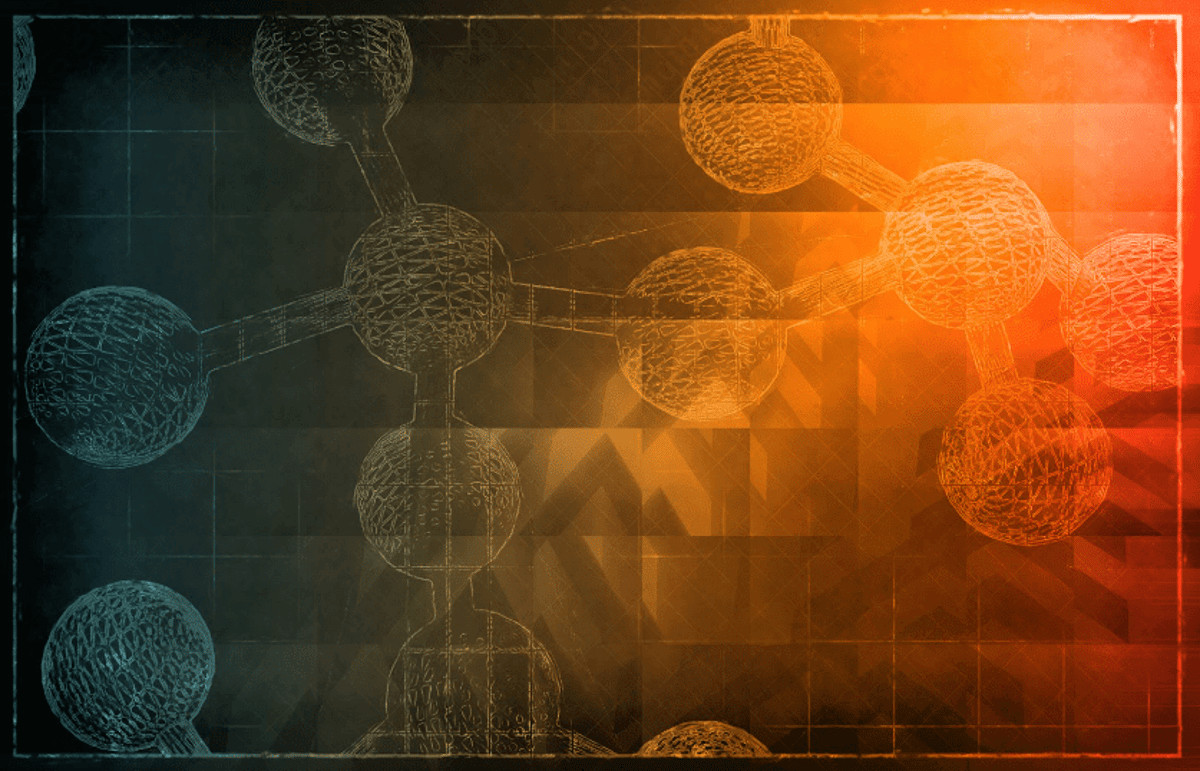What chemical reaction developed in a lab has had the greatest impact on the world? I think I can make a case for polymerization, the process by which small molecules are linked together to make long chains. Specifically, I have in mind the polymerization that produces plastics, a group of materials that can be shaped when soft and then hardened to retain a given shape.
How have plastics changed our world? Our food and beverages are packaged in plastics; our medications are coated with them; our personal care products come in plastic containers; our cars, airplanes and hospitals cannot function without them; and our homes are filled with an array of plastic items.
Unfortunately, our landfills, garbage dumps, beaches and oceans are also filled with plastics. And the micro and nanoplastics that form when these materials break down are invading our food, our water and consequently our bodies. Furthermore, the majority of plastics are made from raw materials derived from petroleum, a non-renewable resource, and their manufacture is an energy-intensive process that releases greenhouse gases.
Obviously, recycling, reusing and cutting down on non-essential uses of plastics are desirable goals. But we also need to discover ways to source the raw materials from renewable sources and develop plastics that degrade into harmless substances in the environment. This is where bioplastics come into the picture.
“Bio” means life, so bioplastics are plastics that are at least partially made from raw materials derived from living organisms, or are biodegradable. Biodegradable means that they can be broken down by bacteria, fungi or microbes into simple compounds such as carbon dioxide and water that can be reabsorbed by the environment, ideally without causing any pollution.
The Rise of Bioplastics
Bioplastics are classified according to either their origin or their biodegradability. Some may come from renewable resources and are not biodegradable, some may be produced from petroleum and are biodegradable, and there are those that come from renewable resources and are biodegradable. The latter are the most desirable, and also the hardest to achieve. None of the most widely used plastics — polyethylene, polyethylene terephthalate, polyvinyl chloride, polystyrene and polycarbonate — fall into the bioplastic category. At this point, only about one per cent of all the plastics produced are bioplastics — hardly an amount that has a great impact.
Microbes can not only break plastics down, they can also produce them. Bacteria and fungi are like little chemical factories that produce special proteins called enzymes that catalyze chemical reactions, such as converting starch to glucose and then glucose to lactic acid in a process first described in 1857 by French chemist Louis Pasteur. Adding lactic acid-producing bacteria to cornstarch yields lactic acid that can then be polymerized to polylactic acid (PLA) using a metal catalyst. PLA is the most commonly used bioplastic, suitable for disposable cutlery and compost bags. It is biodegradable, but only in an industrial composting facility. It will not biodegrade in a home compost pile. In the anaerobic conditions of a landfill, it will eventually biodegrade, but the product then is methane, a potent greenhouse gas.
The second-most widely used bioplastic is PHA, which stands for polyhydroxyalkanoate. PHA is actually a family of polyesters that are naturally produced by some bacteria. For example, the soil bacterium Cupriavidus necator can produce a variety of PHAs depending on the nutrient it is fed, which can be methane, starches or fats from plants or animals.
The great advantage of PHAs is that they will biodegrade in ambient environments, even the ocean. This makes them suitable for single-use products like food packaging, straws and cutlery. Their downside is cost: PHAs are about 10 times more expensive than PLAs.
Some clever chemistry has led to another biodegradable plastic that, while not as readily biodegradable as PHAs, has physical properties that come close to matching those of conventional plastics. It goes by the tongue-twisting name of polybutylene adipate terephthalate, or PBAT.
Researchers looked at the molecular structure of polyethylene terephthalate, the plastic used to make beverage bottles that are often callously tossed away. Being non-biodegradable, they pollute the environment. It seems that microbes cannot get at the bonds that hold these molecules together because their approach is blocked by the terephthalate components of the polymer. However, replacing some of the terephthalate with the smaller adipate, and increasing the distance between these components by replacing the two-carbon ethylene connection with the four-carbon butylene, allows microbes to chew up the molecule. But — and there always is a but — all the components still come from petroleum! Nevertheless, PBAT qualifies as a bioplastic because it is biodegradable.
Bioplastic would be especially welcome in diapers, given that around 250 million are discarded every day, mostly ending up in landfills. The introduction of acrylic acid-based superabsorbent polymers in the 1980s reduced the incidence of diaper rash by 50 per cent, but these polymers are not biodegradable and are made from acrylic acid that is derived from petroleum. Scientists at Procter & Gamble, the maker of Pampers, have developed a catalyst that can convert lactic acid into acrylic acid that is then polymerized. Since the lactic acid is fermented from plant material, this version of the superabsorbent polymer would be a bioplastic even though it is not biodegradable. However, this would open the door to using terms like “nature-derived” or “bio-based” that are very marketable.
In a similar vein, Coca-Cola has overhyped its “plant-based bottle.” Like other beverage bottles, it is made of polyethylene terephthalate, with the difference being that the components are produced from corn or sugar cane. The finished product, though, is not biodegradable. It is recyclable.
The Challenges of Bioplastics
Something else to consider is that Even bioplastics that are totally derived from plants, and are biodegradable, are not free of environmental problems. The crops that furnish the needed raw materials require pesticides and fertilizers, chemicals that have their own issues. Then there is the concern that the land to grow these plants could be put to better use, such as agriculture to produce food for the growing global population.
Yet another point is that even though bioplastics may come from renewable resources, there is still a lot of chemistry involved in converting them to the final product. Polymerization catalysts, plasticizers, antioxidants, antistatic agents, lubricants, colourants, flame retardants and decomposition products are as likely to be found in bioplastics as in conventional ones. A study that examined the toxicological profile of extracts from samples of the two types of plastic revealed no difference.
The Future of Bioplastics
There is no question that there is some interesting chemistry in the quest for better bioplastics, but these materials will not solve the world’s plastic problem. While bioplastics offer a promising alternative to conventional plastics, their widespread adoption hinges on addressing various challenges, including cost, performance, and environmental impact. Continued research and development are crucial to overcome these hurdles and unlock the full potential of this innovative technology.
Ultimately, the future of bioplastics lies in a multi-pronged approach that combines innovation, responsible production, and consumer awareness. By embracing sustainable practices and exploring new solutions, we can harness the power of bioplastics to create a more circular and environmentally friendly future.

















